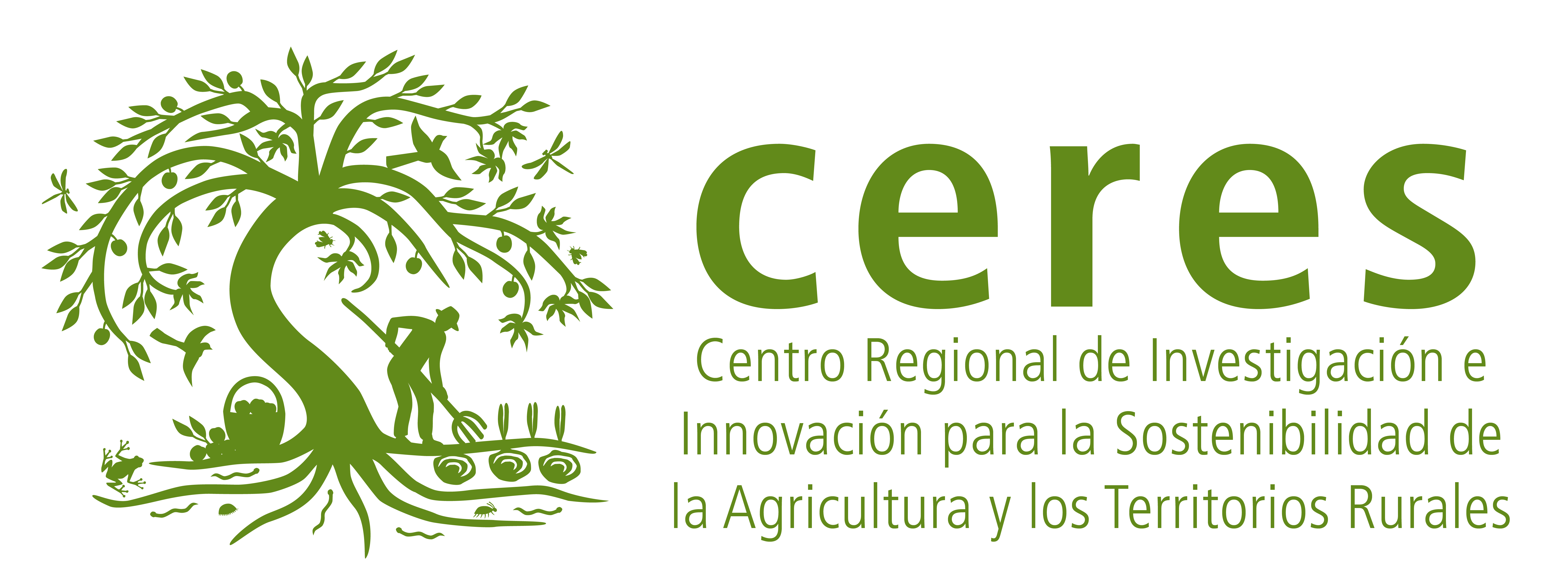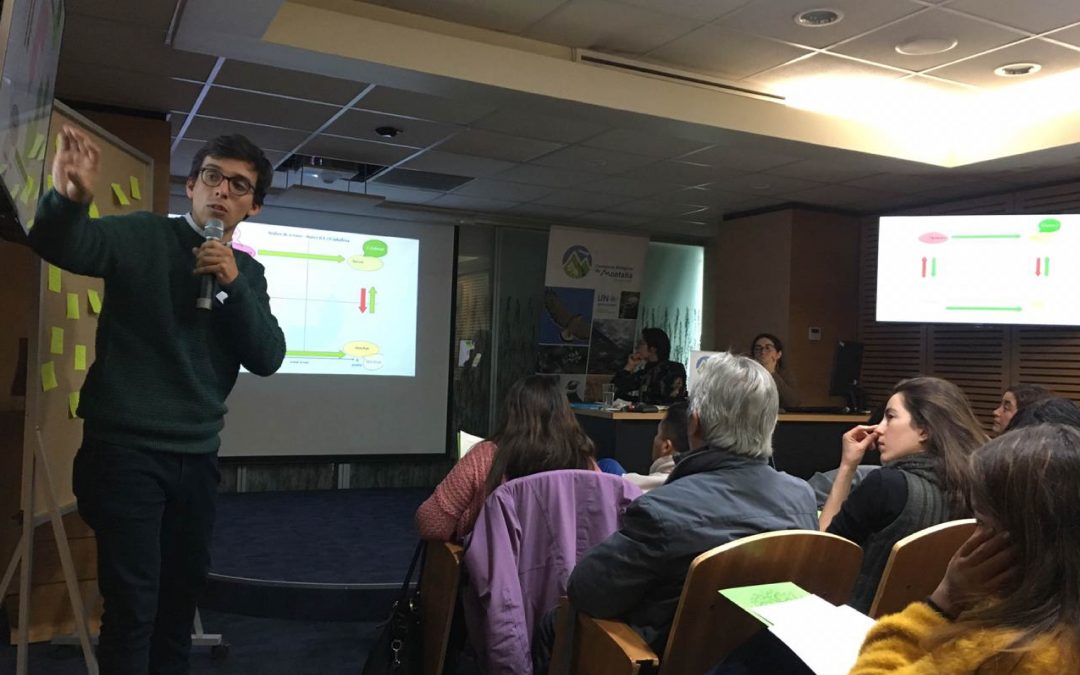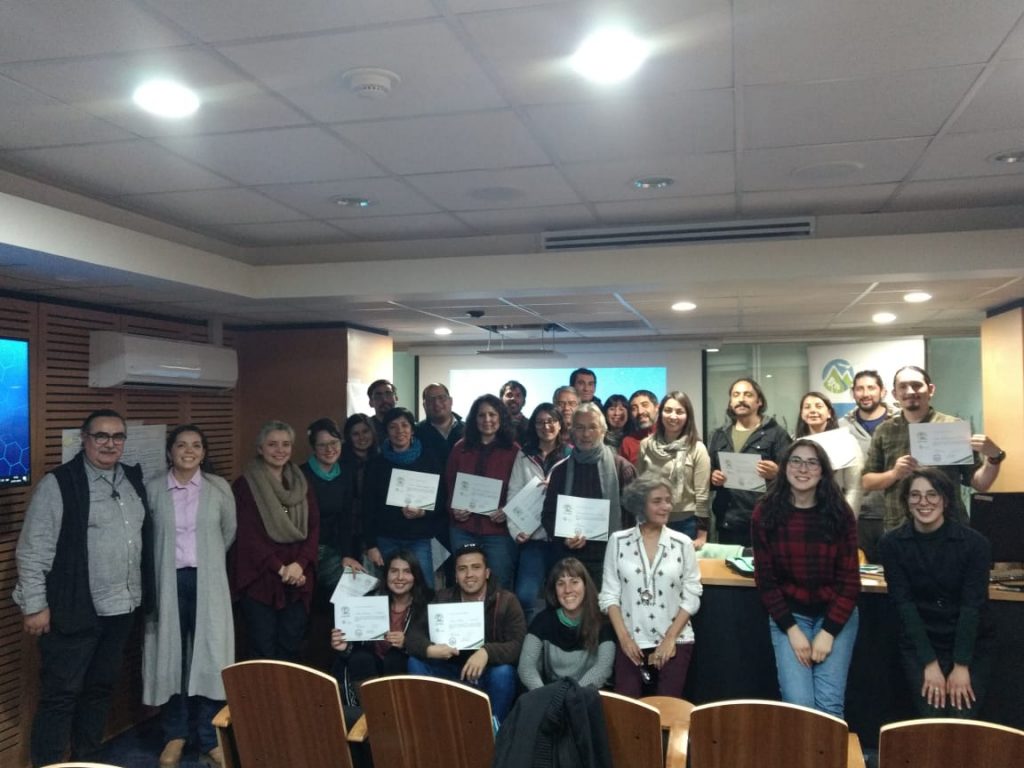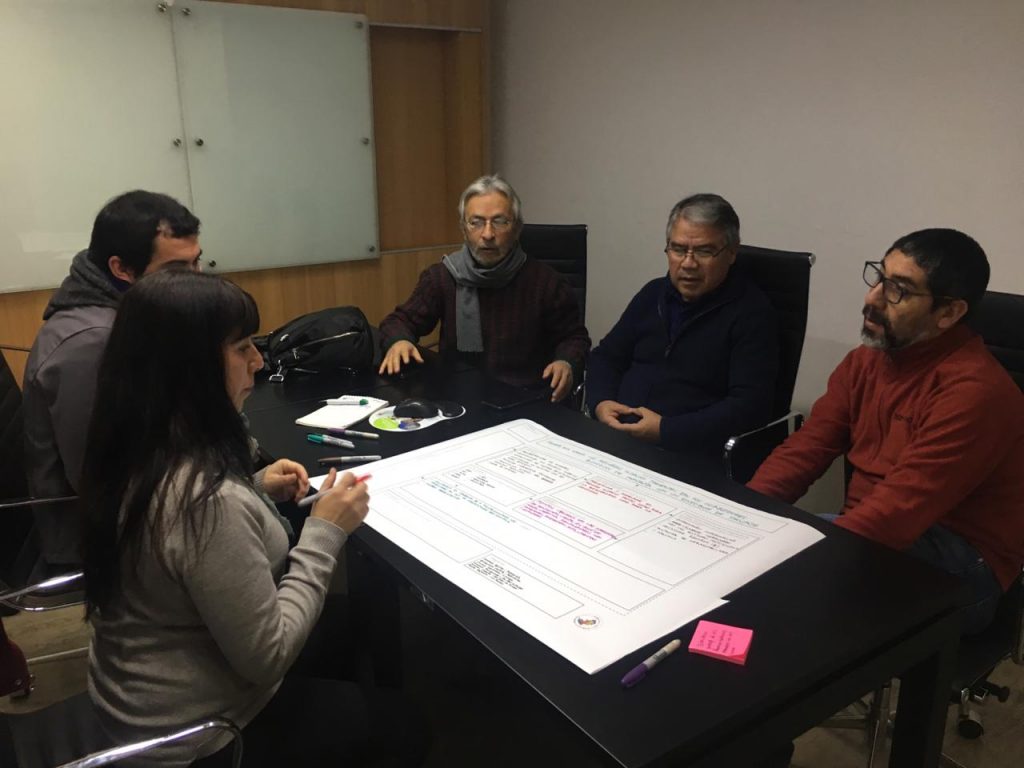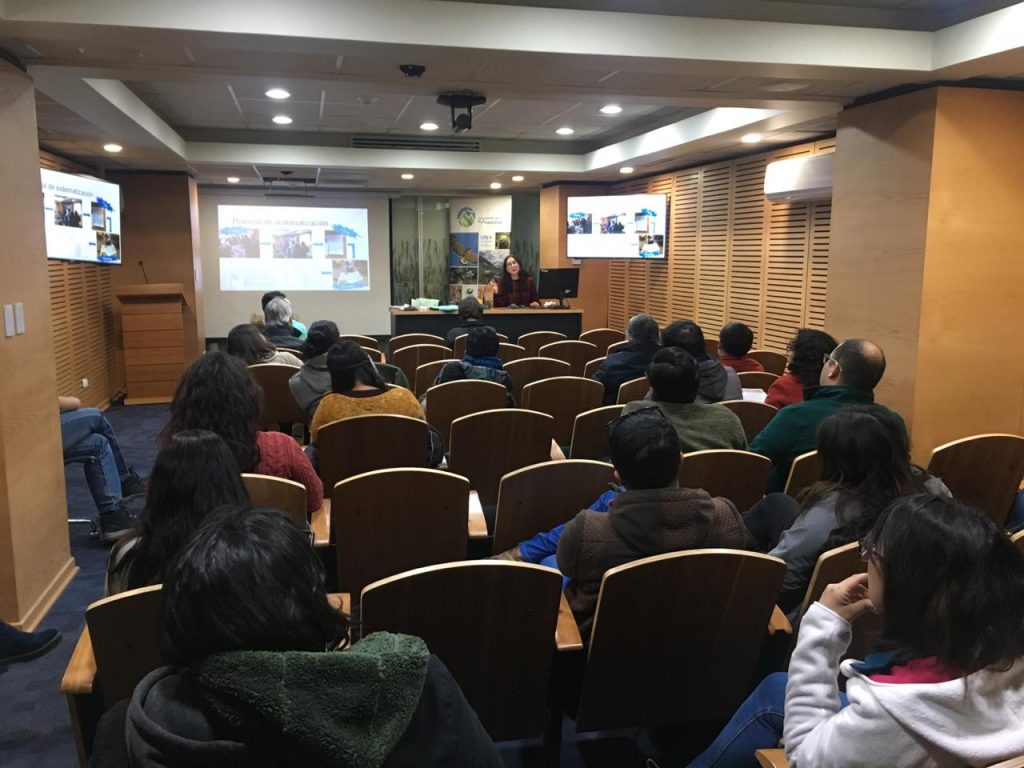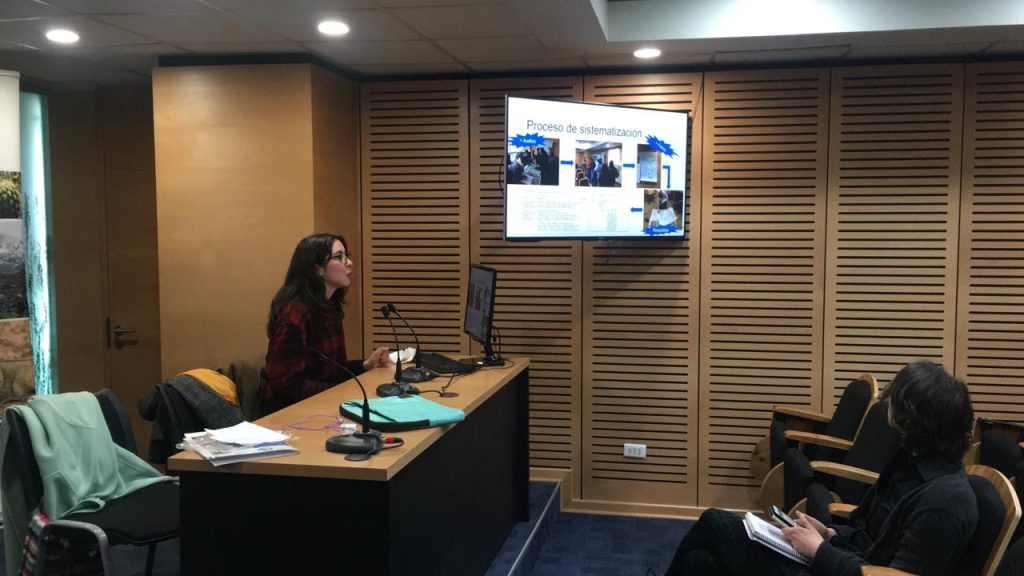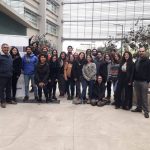The Landscape, Territory and Rural Development (PTDR) program of Ceres Center conducted a 4-session training on citizen participation for local environmental management to 36 municipalities of the Metropolitan Region and Valparaíso, within the framework of the GEF Mountain Biological Corridors’ project Citizen participation for biodiversity conservation ”of the Ministry of Environment.
Role play, exhibitions that addressed the importance of participation in the sustainable development of communities and their impact on municipal work, mapping of relevant actors, collective mapping and functions of a facilitator, were some of the activities developed by Dr. Roxana Lebuy, Paulina Rodríguez, Andrea Aguilar and Tomás Cáceres, professionals from the regional center, accompanied by the anthropologist Emilia Catalán, collaborator of the program. The foregoing, in order to transfer different methodological tools to municipal officials of the environmental units of various municipalities, deepening their skills for the conservation of biodiversity and the recognition of protected areas in a collaborative work with people who live in these landscapes.
For the technical supervisor of the GEF Mountain Biological Corridors project, Dr. Jaime Rovira, the training highlighted the importance of citizen participation from a sustainable perspective, emphasizing the role of the community in the construction of public policies. “Many times municipal officials pass by and it is the communities that remain,” he added.
On the other hand, the head of Local Management of the GEF Mountain Biological Corridors project, Solange Daroch, wanted to highlight the work of the professionals of the regional center, indicating: “We were very satisfied with the contents and practical activities carried out, since we were able to deepen in the work of the municipalities. Although the landscape valuation methodology was timidly observed, we believe that it is important to continue this tool in the company of the Ceres center and, in this way, deliver to each of the officials the instruments and battery of options that they have locally to protect biodiversity and its communities. ”
